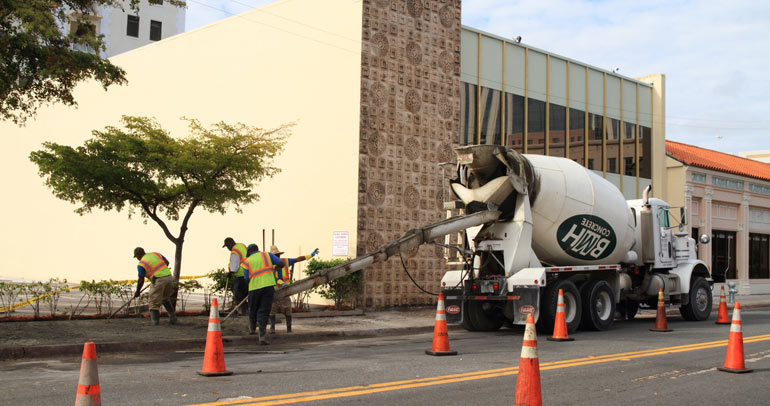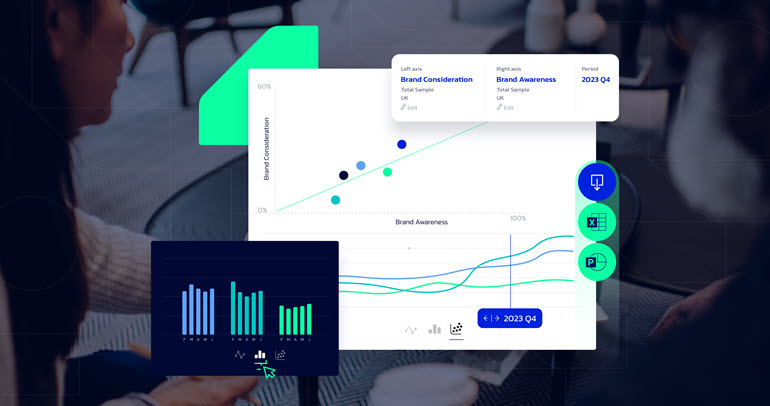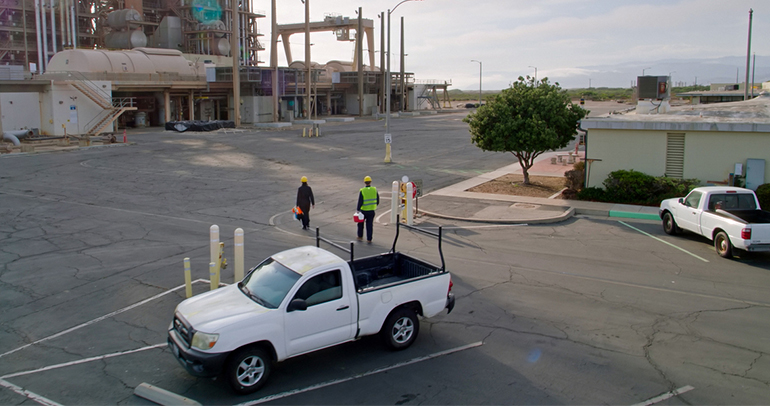
In part 1 of this miniblog series, we covered production trends for class 8 commercial vehicles, as well as how tractor trucks make it possible for people to access the goods and materials we need for everyday life. We also highlighted the importance of safety in the segment, the influence of advanced driver assistance systems and the shift to zero-emission tractors.
In this blog, we cover another essential type of class 8 commercial vehicle—straight trucks, which range from dump trucks to garbage trucks. After reading this two-blog miniseries, you’ll gain a better understanding of where the class 8 commercial vehicle segment is headed and how you’ll need to adapt your offerings to meet market demand.
State of Class 8 Straight Trucks
Class 8 straight trucks have an attached cargo body as an integrated unit. Some straight trucks also pull a separate trailer, especially in regional freight distribution. Straight trucks come equipped with specialized bodies, which are specific to the task that needs to be accomplished.
Types of Class 8 Straight Trucks
Dump truck
A vehicle used to transport loose materials such as sand, gravel, dirt or demolition debris in an open body that can be lifted to dump the contents. Dump trucks are primarily used in construction, landscaping, mining and road maintenance.
Refuse truck
Also known as a garbage truck, this commercial vehicle is designed to collect and transport waste to a landfill, recycling center or transfer station. Refuse trucks are usually deployed in municipal fleets and industrial waste management fleets.
Cargo tank
A commercial vehicle designed for transporting liquid, gas or finely powdered materials in a chassis-mounted tank. These trucks are used in petroleum, chemical processing, agriculture and food production.
Boom body
A commercial vehicle equipped with a hydraulic boom arm or crane mounted on its chassis. These trucks are designed for lifting or hoisting personnel, objects or equipment. They’re used in a variety of industries such as construction, utility maintenance and tree trimming.
Concrete mixer
A commercial vehicle designed to transport and mix concrete in a continuously rotating chassis-mounted drum while in transit to construction sites. It is primarily used in the construction industry.
Van
Also known as box trucks, these commercial vehicles have an enclosed cargo area or a large rectangular box mounted at the back of the chassis. The box body can also have built-in refrigeration to transport perishable items such as food.
Class 8 Straight Truck Bodies and Powertrains
According to Escalent’s estimates, almost 75% of all class 8 straight trucks were equipped with dump bodies in 2024, with refuse bodies coming in a very distant second with 10% share.
Similar to tractors, more than 95% of class 8 straight trucks use diesel powertrains. Unlike tractors, however, only 61% of class 8 straight trucks use engines larger than 10L.
This makes sense when you consider the difference in operating conditions of these trucks. Unless pulling a trailer, class 8 straight trucks operate at lower gross vehicle weights and don’t require the high horsepower and torque of engines over 10L.
Best Class 8 Straight Truck Candidates for Zero-Emission Powertrain Technologies
Going forward, we estimate zero-emission vehicles (ZEVs) to make inroads in the segment, gaining about 7% of North American class 8 straight truck production by 2030, which is a lower share than for class 8 tractors.
However, one application where we can expect a higher degree of electrification is refuse trucks. They have a predictable operating cycle, known low-mileage routes, and a return-to-base operation, making them ideal for electrification. Mack and Peterbilt have had success in municipal fleets, although volumes remain limited.
Safety Highlights for Class 8 Straight Trucks
Advanced driver assistance system (ADAS) developments, including blind spot monitoring and pedestrian detection, can be important for class 8 trucks operating in urban environments, ensuring safety in high-traffic areas.
Class 8 Straight Truck Segment Leaders
Daimler, PACCAR, Volvo and TRATON again lead the segment in terms of production shares. However, at 93%, their dominance is slightly less than that in class 8 tractors. In addition, Autocar, Battle Motors, BYD, Lion and Oshkosh have ZEV straight truck entries.
Four Key Takeaways to Elevate Your Class 8 Commercial Vehicle Competitive Standing
One: Diesel’s dominance of class 8 will continue despite the push for electrification.
ZEV penetration in class 8 will grow to more than 12% by 2030, up from less than 1% in 2024. However, diesel will continue to lead the market. BEVs will be the primary choice in ZEV technology as opposed to fuel-cell electric vehicles, with refuse trucks being primary candidates for electrification.
Two: The top four manufacturers—Daimler, PACCAR, Volvo and TRATON—will continue to lead the market, even with competition from ZEV startups such as Tesla, Nikola and BYD.
Class 8 vehicles in North America are seeing a lot of European influence, including diesel technology, transmissions and safety systems, which will play a crucial role in advancing the trucking industry in North America. In fact, PACCAR is the only US manufacturer of the top four, with Daimler, Volvo and TRATON being European. While class 8 as a whole will experience growth, it will likely be slow, as the industry will need to balance investment in ZEVs with traditional ICE offerings.
Three: Dump bodies will continue to lead in the class 8 straight truck segment as construction and infrastructure modernization boost demand across North America.
Straight trucks are essential for construction and infrastructure, transporting materials, hauling waste and delivering supplies such as cement and aggregates needed for roads, bridges and buildings. As the US infrastructure ages, with many roads and bridges dating back to the 1950s, there will be a growing demand not only for new construction, but also for reconstruction projects.
Four: Natural gas will grow from its current low volume, especially in the tractor segment.
Natural gas penetration is forecast to grow to 3.2% by 2030, getting a jumpstart with the introduction of the Cummins X15N natural gas engine—the first designed especially for heavy-duty and on-highway truck applications. Hydrogen internal combustion engines (H2 ICE) will also begin to enter production by 2030.
With the new US administration, we’ll likely see a reduction in incentives to move to zero-emission trucks—specifically electric trucks, which are costly and haven’t reached expected adoption levels. Natural gas offers a way to reduce emissions in class 8 commercial vehicles, offering a bridge between traditional diesel engines and zero-emission vehicles.
Complete the form below to learn more about how our commercial vehicle and fleet experts can provide you with the intelligence, insights and strategic solutions you need stay ahead of the competition.
Want to learn more? Let’s connect.









